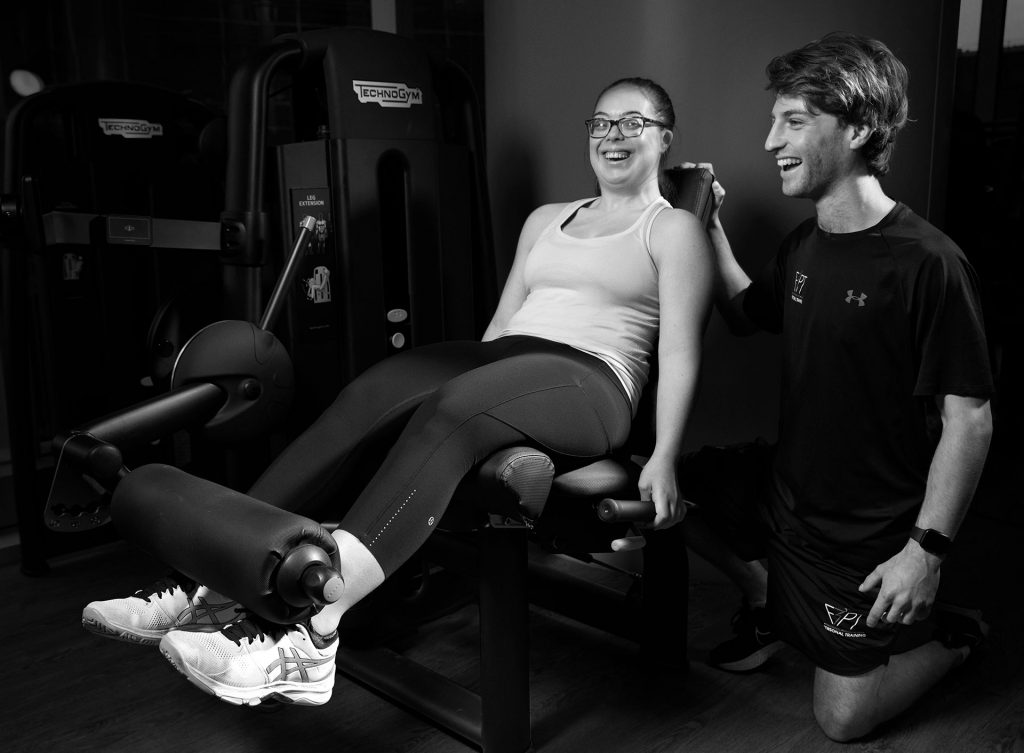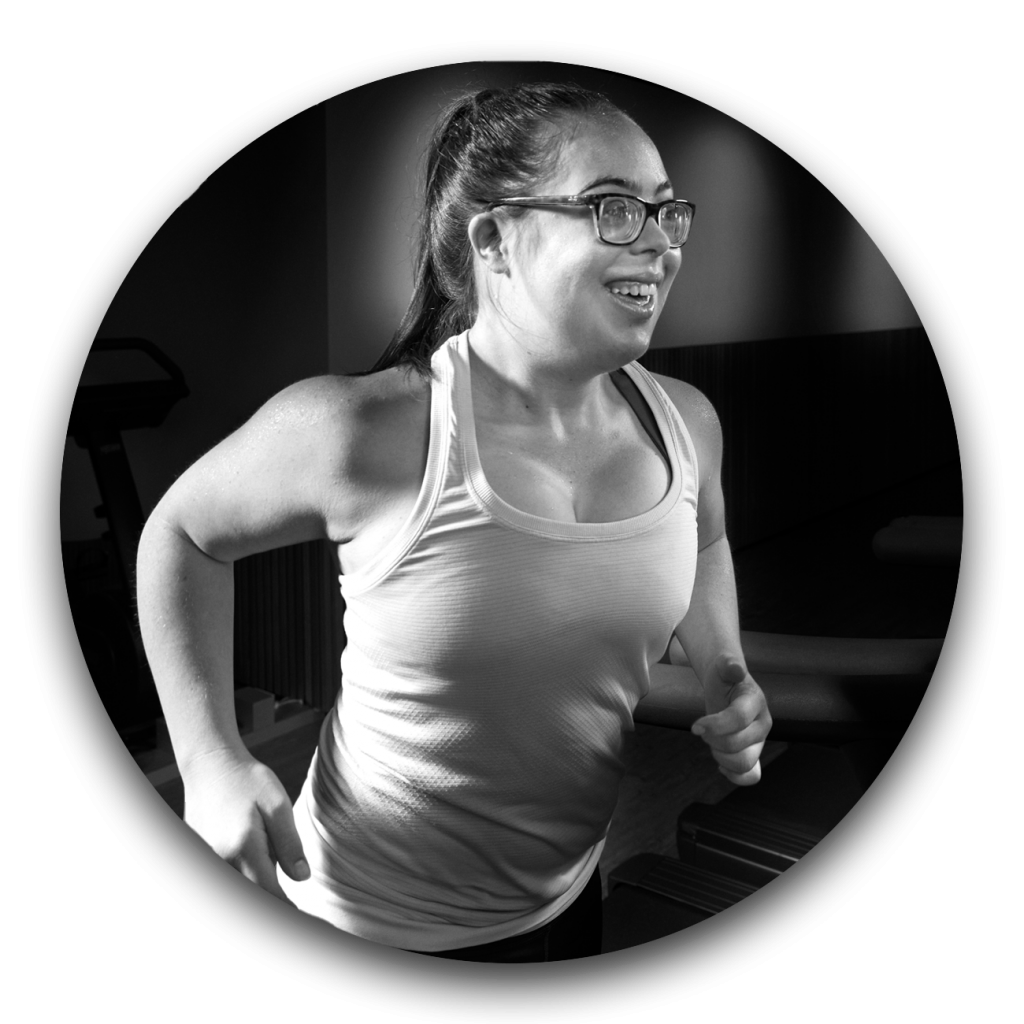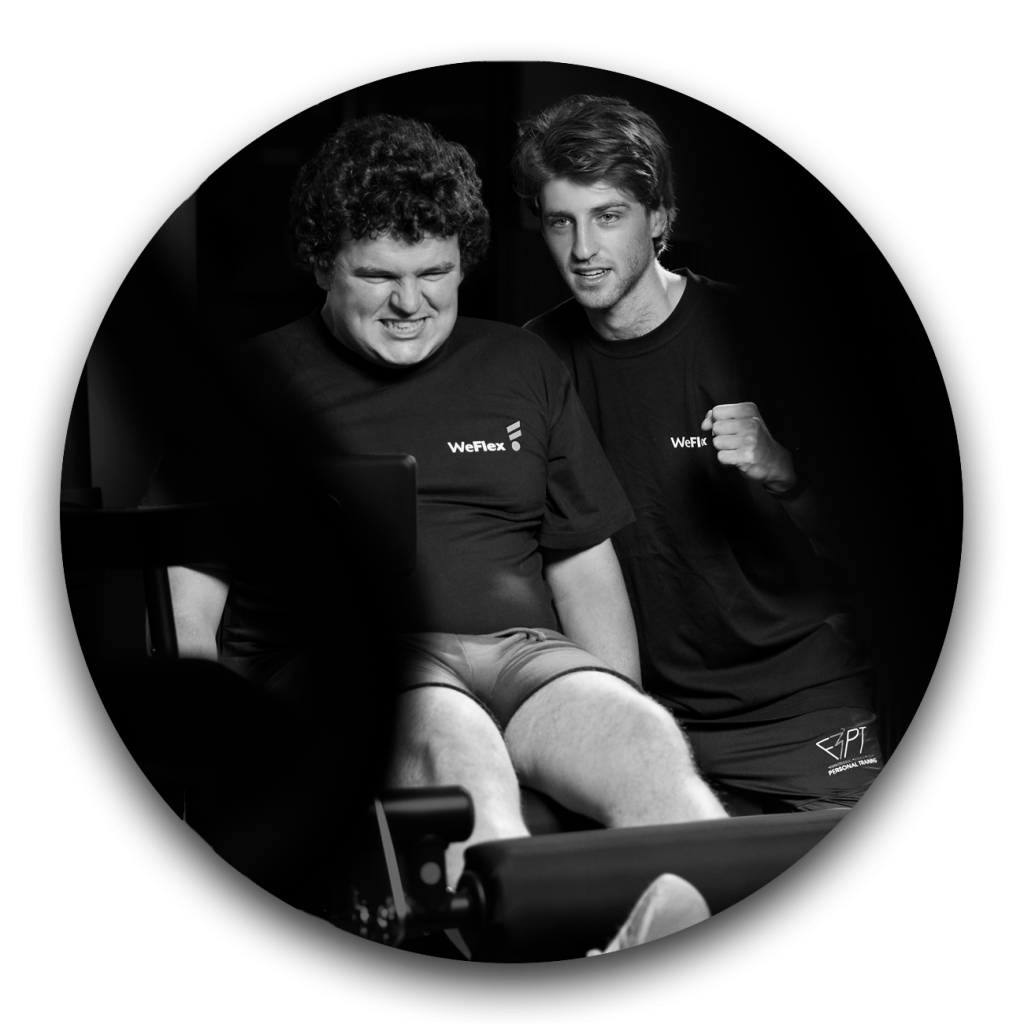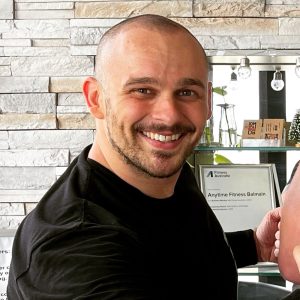PT BUSINESS

How to start working with clients with a disability
Are you ready to start working with clients with a disability? Tommy Trout shares his tips to getting started.
Trainers typically tell us that the work they do with clients with a disability, is among their favourite and most rewarding! What we also hear is that many trainers are super-keen to work with this demographic, but don’t actually know where to start.
While support is readily available if you’re operating as a sole trader or looking to open your own gym, clear guidance to start an inclusive PT business for people with disabilities is typically a lot harder to come by.
So, if you’d like to dip your toe in the water – whether it be exploring the concept, or scheduling your first client with a disability – here are some tips to help kickstart your business journey.
- TIP 1. COMPLETE THE NDIS WORKER MODULE VIA THE NDIS COMMISSION WEBSITE
It’s free. Non-committal and entry-level. It’s actually a great piece of training for the uninitiated, and will give you some knowledge on how the NDIS works as well. www.training.ndiscommission.gov.au
- TIP 2. TALK ABOUT IT
In my experience, a lot of people with disability value exercise but don’t feel that they are welcome. Even something as simple as ‘disability-inclusive’ or something to that effect on your profile and bio can give people some confidence to get in touch. This is something that both PTs and gyms can do.


- TIP 3. MAKE YOURSELF ACCESSIBLE
Whether on a website or social media, there are ways to make your content more disability friendly. ‘Userway’ (www.userway.org) for example is a cheap and easy accessibility tool for your website. Not only will it help a person with disability navigate, it also shows that you’re thinking of them. Same for social media, utilising alternate text, #CamelHumpHashtags and even captioning your videos (we use REV) fast, cheap and pretty dang good.
- TIP 4. FOCUS ON NEEDS AND NOT DISABILITY
You might get someone reach out and rattle off some diagnoses you’ve never heard of – making you nervous and confused within ten seconds of picking up the phone. The worst thing you can do is pretend that you know what they’re talking about. Obviously. You’re not expected to be an expert and telling them that is reasonable and helpful. The best way to structure the talk is instead around their ‘needs’. “Ok, so what are the support needs for that condition/you”. This turns it into something actionable and tangible. Can you manage their support needs? That’s what matters. Be honest on your ability and remember their dignity of risk.
- TIP 5. DON’T BE INTIMIDATED
Sounds weird but people with more complex needs than we are used to can be intimidating for Trainers who are new to the space. It’s understandable that you’d be nervous about making a mistake or causing an incident. We’ve had Personal Trainers’ express nerves before their first ever session – and majority of them are raving about it afterwards. The terminology always presents as more extreme than the reality. They are human. You are human. Relax. Have fun. And obey common sense.
There are millions of people with disability in Australia, and unfortunately, they have some of the lowest health outcomes. The fitness industry has an amazing opportunity to expand its customer base as well as make a meaningful impact in their lives – extending length of life and improving its quality. The best way to start working with them is to get started! The great news is, WeFlex has your back, so we’re here to support you along the way whenever you need help. Together, WeFlex!
Please note: The ideas provided here are not a conclusive list, so if you’d like more ideas or support for your individual situation then drop a line to www.weflex.com.au.


Tommy Trout
In addition to being a FITREC DNA Ambassador, Tommy is the founder of WeFlex, which was created to support the fitness industry, so that more businesses and fitness professionals can work with clients with a disability. WeFlex achieves this through training, referrals and managing the NDIS requirements on your behalf. Doing so ensures that your job remains to simply show up, work out and have fun!